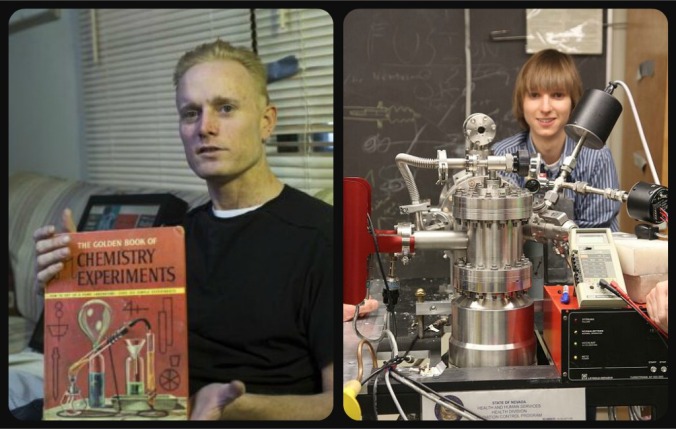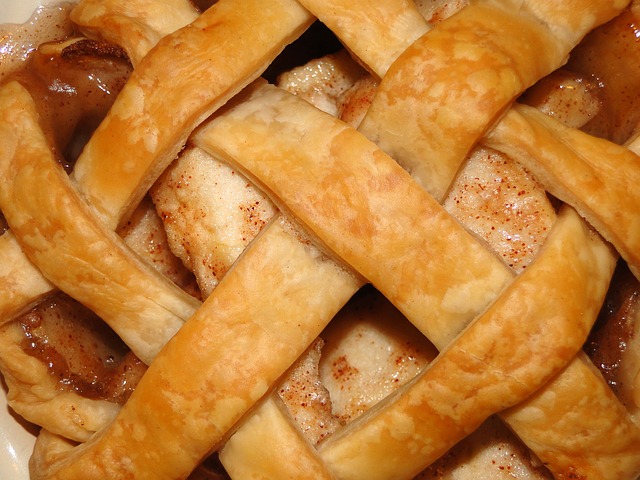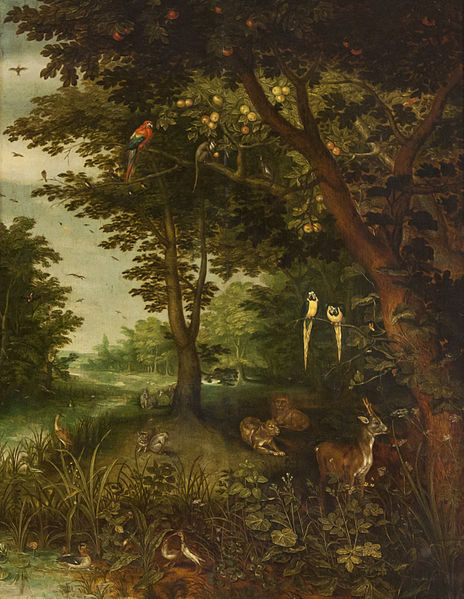
There are all sorts of companies selling STEM (science, technology, engineering, math) kits and Maker kits these days, often as pricey subscription services. They promise adventure! inspiration! empowerment! They claim to “teach” creativity and innovative thinking, as if such things can be prepackaged.
My kids didn’t like to do kits of any kind with a parent or without a parent. They didn’t like to do them alone or with friends, on a rainy day or when they were sick. They’d occasionally fiddle around with a kit I’d bought just to appease me, but a kit never lit the gleam that real investigation and real building does.
Why would it? You open the box, follow a set of instructions using pre-measured supplies and get the predicted outcome. Or, sometimes, don’t get it. Plus, there’s an extra layer of pressure involved because an adult paid for that kit and hopes their children get the advertised benefits.
It’s entirely different when children seek out an interesting endeavor and, once they have the general concept, riff on the idea in new ways. That’s how my kids, left to their own devices, would build and create, referring to YouTube or books or Instructables or their dad for instruction as needed. Then, if inspired, they’d ramp it up, try something more challenging, until that lovely tantalizing hunger we call curiosity was sated, at least for the moment.
It’s not just my own children. When I led enrichment classes and summer camps for kids I brought in all sorts of supplies and issued open-ended challenges. I’d say, “Here’s some equipment, go ahead and make a movie” or I’d haul in boxes of junk and say, “You’ve got x number of days, go ahead and invent something.” They’d brainstorm, work hard to persuade other kids their own ideas were the best, compromise, make mistakes, add or subtract ideas, get confused, get clarity, refer to how-to books, and somewhere along the way each project transformed into something greater than anyone had imagined. The kids grew to love what it meant and how it made them feel. They’d beg to continue when our sessions were up and once, when a summer program was ending, no one could agree who’d get to keep the articulated dragon they’d made as part of a larger project. They fashioned a cape out of a tarp and in a solemn ceremony, each child took a turn wearing the cape to hack off part of the dragon. They walked out that last day into the sunshine proudly carrying a snout, a leg, or brightly colored swath of scales.
Adults tend to cast a holy light around the value of following specific instructions. They insist it is important for small things, like every project ever, and for big things, like getting good grades and great test scores as if the future is a board game won by the right moves. (It’s not.) Kids have plenty of opportunities to follow step-by-step instructions, heck, life is full of unavoidably necessary rules everyone has to follow. Mutually agreed upon rules are a cornerstone of civilization.
Too much specific instruction may actually give kids too little experience with uncertain steps and ambiguous outcomes. To consider this further, let’s take a look at the difference between well-defined and ill-defined problems.
- A jigsaw puzzle, multiplication problem, and Lego kit are well-defined problems. That means they have a goal solved by following exacting procedures to reach that goal, with no real ambiguity involved.
- Starting a business, writing a poem, maintaining a relationship, and building with random Legos are ill-defined problems. That means there are many possible, equally plausible ways to reach goals that may not be initially clear-cut but tend to clarify as time goes on. Life’s biggest challenges (and satisfactions) tend to be ill-defined problems.
Speaking of Legos, let’s take a closer look at what science says about step-by-step directions as a means of fostering creativity and innovation, as so many kits say they do. There’s been a longstanding debate about whether kids get more out of building with a giant pile of random Lego pieces or building boxed Lego sets using instructions. Obviously there can be a place for building kits and free-building in every child’s life, but what if these two approaches lead to different outcomes?
Researchers compared people building Lego kits to those who free-built with Legos. They found, in several studies, that participants who’d built kits scored lower when asked to do projects immediately afterwards that required creativity, originality, divergent thinking, and abstractness. They also were more likely to avoid free-build Legos to choose well-defined problems. Those who’d been free-building were, in contrast, as adept at well-defined problems as ill-defined problems, and didn’t lean away from future ill-defined problems. Science writer Garth Sundem provides an excellent review of this research, including its limitations, and sums it up this way.
If you take these experiments at face value, the “better understanding” of this research is that the more we are confronted by and complete well-defined problems like Lego kits or word finds or color-in-the-lines pictures, the less we choose to engage in and the worse we are at solving ill-defined problems: create something beautiful, discover something meaningful, find someone to love.
Again, that doesn’t mean there’s no place for step-by-step instructions. Detailed, exacting instructions are vital to all sorts of endeavors from making pastry to launching satellites. And building Lego models certainly is not the route to any child’s ruination. These studies are simply more evidence that filling up a child’s free time with adult-designed instructional endeavors isn’t the best way to foster creativity or innovation, despite what companies selling kits might tell us.
Here are some cheap, easy, playful ways to raise Makers.
Emphasize loose parts play. Pretty much any free-form materials kids are able to lift, drag, climb on, line up, dig with, join together, pour, dump out, take apart, swing around, push, or otherwise use as they choose inspire wildly creative loose parts play. Outdoors that might be twigs, stones, pails, water, rope, sand, and pine cones. Indoors that might be pillows and blankets to build a fort, dress-up clothes and cardboard to make props, and the freedom to use disparate items for divergent uses.
Save broken things for kids to take apart. The more moving parts they can disassemble, the better. For safety: cut off any cords and plugs, avoid items with glass, remove blades and batteries. Insist on safety glasses, then get out pliers, screwdrivers, and other tools and let them get to work. A glorious mess is likely. One way to contain it is to put the item in a shallow cardboard box. That way all the little bits and pieces won’t roll off on the floor indoors or the grass outdoors. My kids have taken apart old clocks, computers, a typewriter, cassette players, a lawn tractor, weed trimmers, and a number of toys (including a Furby that had been broken for years but spoke a few final creepy words as my sons and their friends reduced it to parts.)
Start inventing. Save cardboard boxes and cardboard tubes of all sizes, along with string, rubber bands, lids, paper clips, yogurt cups, straws, corks, plastic utensils, twist ties, and so on. Kids can use them to build whatever they choose —- like a junk marble run or wall ball drop. We’ve had lots of fun when kids form teams, get equal amounts of this “junk” and try a specific challenge, similar to the old TV series Junkyard Wars, such as inventing sorters that send pennies down one chute and dimes down another, bridges that hold weight, catapults that toss ping-pong balls, or building as inspiration leads.
Create your own board games. Amy from MamaScout suggests getting out cardboard suitable for a game board, paper to make cards, dice, a cast off spinner from an old game, and some tiny toys to serve as game pieces. Then get out of the way. As she says of her kids, “backing off is the important part, because their ideas for this game were so much more open-ended than I could understand. They were playing the game and playing in the world of the game at the same time.” Science documentary-maker Steven Johnson prefers more parent involvement. He advocates creating a board game in partnership with a child in an article titled “The Game Worlds We Make.” He writes, “It’s one of those magical parent-child activities where the two of you occupy shared ground in terms of both comprehension and engagement. Even simple games present intellectually interesting puzzles for an adult brain in their design phase, and children are incredibly adept at picking up on the nuances of gameplay.”
Honor flow. When we see kids deeply engaged, lets do our best to let them stay engaged whether they’re off in a make-believe world, building with blocks, drawing, or tinkering. Psychologish Mihaly Csikszentmihalyi describes what they’re doing in his book Flow: The Psychology of Optimal Experience. These are not “passive, receptive, relaxing times,” he writes. Instead they are times when “the body or mind is stretched to its limits in a voluntary effort to accomplish something difficult and worthwhile.” Avoid interruptions! (Here’s more about fostering the state of flow for kids.)
Say yes. As I write in Getting Science on Everything, “We found keeping scientific curiosity alive isn’t hard. It’s about an attitude of ‘yes.’ Projects that are messy, time-consuming, and have uncertain outcomes are a form of experimentation. They are real science in action. When a kid wants to know, they want to find out. Not later, not next week, right away. Finding out is engaging. It leads to ever-widening curiosity.” This starts in infancy, which we learned from the baby who wanted to play in driveway gravel and the baby who was afraid of the vacuum. It’s never to early to experiment!
Weave math explorations into everyday life. Investigate yourself, measure your world, make math toys, devise your own codes, and more. Here’s how.
Be an example. Take an active role in building, fixing, and finding out what you want to know in your own life. As you do, let your kids get involved as far as their interests lead them. Chances are if you’re designing a better closet shelf, teaching your dog new tricks, rebuilding a carburetor, experimenting with bread making, or learning to make chainmail, your kids will see firsthand what it takes to pursue a hands-on interest.
~~~~~~~~~~~~~~~~~~~~~~~~~~~~~~~~~~~~~~~~~~~~~~~~~~~~~~~~~~~~~~~~
Sidenote: There’s a lot of energy put into getting kids into STEM and STEAM fields. We need to rethink funding priorities so that these fields move ahead. Here’s research scientist Hope Jahren’s perspective, from her recent book Lab Girl.
“You may have heard that America doesn’t have enough scientists and is in danger of ‘falling behind’ … Tell this to an academic scientist and watch her laugh. For the last thirty years, the amount of the U.S. annual budget that goes to non-defense-related research has been frozen. From a purely budgetary perspective, we don’t have too few scientists, we’ve got far too many and we keep graduating more each year. America may say that it values science, but it sure as hell doesn’t want to pay for it.”






















